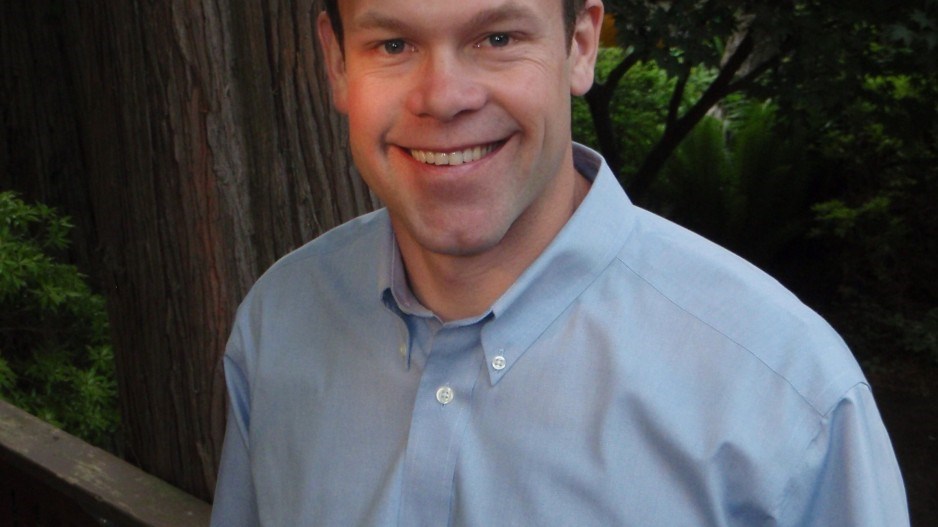Gondolas' status as the ugly ducking of transportation systems is changing as both private and public groups propose developing gondolas in the Lower Mainland.
The proposal by the private Sea to Sky Gondola to build a $20 million gondola up Mount Habrich next to Squamish's Stawamus Chief Mountain is expected to be approved and built, whereas TransLink's vision to build a $120 million gondola up Burnaby Mountain to Simon Fraser University will require many more years of study.
That's largely because the Squamish gondola is expected to reap large operating profits whereas the Burnaby one would be more expensive to operate over 25 years than diesel buses.
"The business case for a transit project such as the one that is proposed for Burnaby Mountain is radically different from that for a sightseeing gondola," said Sea to Sky Gondola principal Trevor Dunn.
Dunn's proposal also has strong community support unlike the one in Burnaby where neighbours fear losing privacy.
The Squamish Nation in January approved Dunn and partner David Greenfield's proposal to build their people-mover on traditional Squamish Nation land. The District of Squamish followed with its approval for the duo to use the base of Mount Habrich in February.
Dunn told Business in Vancouver May 3 that he expects the Squamish-Lillooet Regional District to approve his application to use Crown land for the project at a May 28 meeting.
The next step would be to get BC Parks to reclassify more than two of the Chief park's 517 hectares from parkland to being a protected area – something that Dunn hopes will happen this summer.
The B.C. government introduced legislation May 7 allowing for 2.36 hectares to be excised from the park to make way for gondola construction.
Dunn also aims to get BC Parks to issue a parks use permit this summer. That would allow him to have the gondola travel over the park.
The final step this summer would then be to get the B.C. government to approve a land tenure application.
Sea to Sky Gondola would then be able to start installing 12 towers and other apparatus in September so the gondola could be operational by summer 2013.
Dunn is modelling his proposed gondola after the Banff gondola, which is owned by Brewster Canada and is a profitable sightseeing operation, not a transit-oriented nor ski-oriented people-mover.
He believes three things are vital in a successful gondola location:
- nearby tourist activities;
- an attraction, such as a great view, that is made more accessible by the gondola; and
- plenty of tourist traffic.
"Start-up costs are high with gondolas compared with other businesses," Dunn said. "But the cost to operate these things is very low."
He expects the operation to be profitable immediately and that he will be able to recoup within a decade the $20 million capital cost for the lift, a restaurant, interpretive centre and retail shops.
"Both David and I had great careers at Intrawest that allowed us to investigate how gondola and resort operations work around the world," said Dunn, who formerly was vice-president of development at Intrawest.
Greenfield was senior vice-president of development at Intrawest, which owned Whistler and Blackcomb mountains and developed the Peak 2 Peak gondola, which opened in December 2010.
The Peak 2 Peak gondola has provided a huge revenue boost for what is now Whistler Blackcomb Holdings (TSX:WB), president David Brownlie confirmed to BIV.
Intrawest funded that project out of cash flow so there is no debt associated with the gondola, which transports approximately 1.4 million visitors each year.
About 300,000 of those visits are in the summer season between May and September, and users pay an average price of more than $30. Winter visitors ride the gondola for free because it is included in their lift tickets. Before the gondola was operational, about 200,000 people visited the mountains during those months, Brownlie said.
"The gondola helps set us apart," he said. "It's something that we can do here at Whistler Blackcomb that our competitors can't do. It's based on the geography of the mountains and the size of the investment."
Building a gondola to rise up Burnaby Mountain is "pretty reasonable," said SFU City Program director Gordon Price, who has read the business case report that CH2MHill prepared for TransLink.
"The tourism aspect, I think would be huge," Price said.
"The transit gondola in Portland was built for a number of reasons [in 2007] but not for tourism. More and more, however, it's being seen as a tourist attraction."
North America's only other public transit gondola is in New York City, connecting Manhattan and Roosevelt islands. It was built in the 1970s as a stopgap measure until a subway connected the islands but became so popular that it remained long after the subway was built.
The Burnaby gondola, however, is likely to remain on the drawing board because its $157 million cost to build and operate over a 25-year period is $13 million more than the estimated $144 million cost to expand and maintain diesel bus service.




